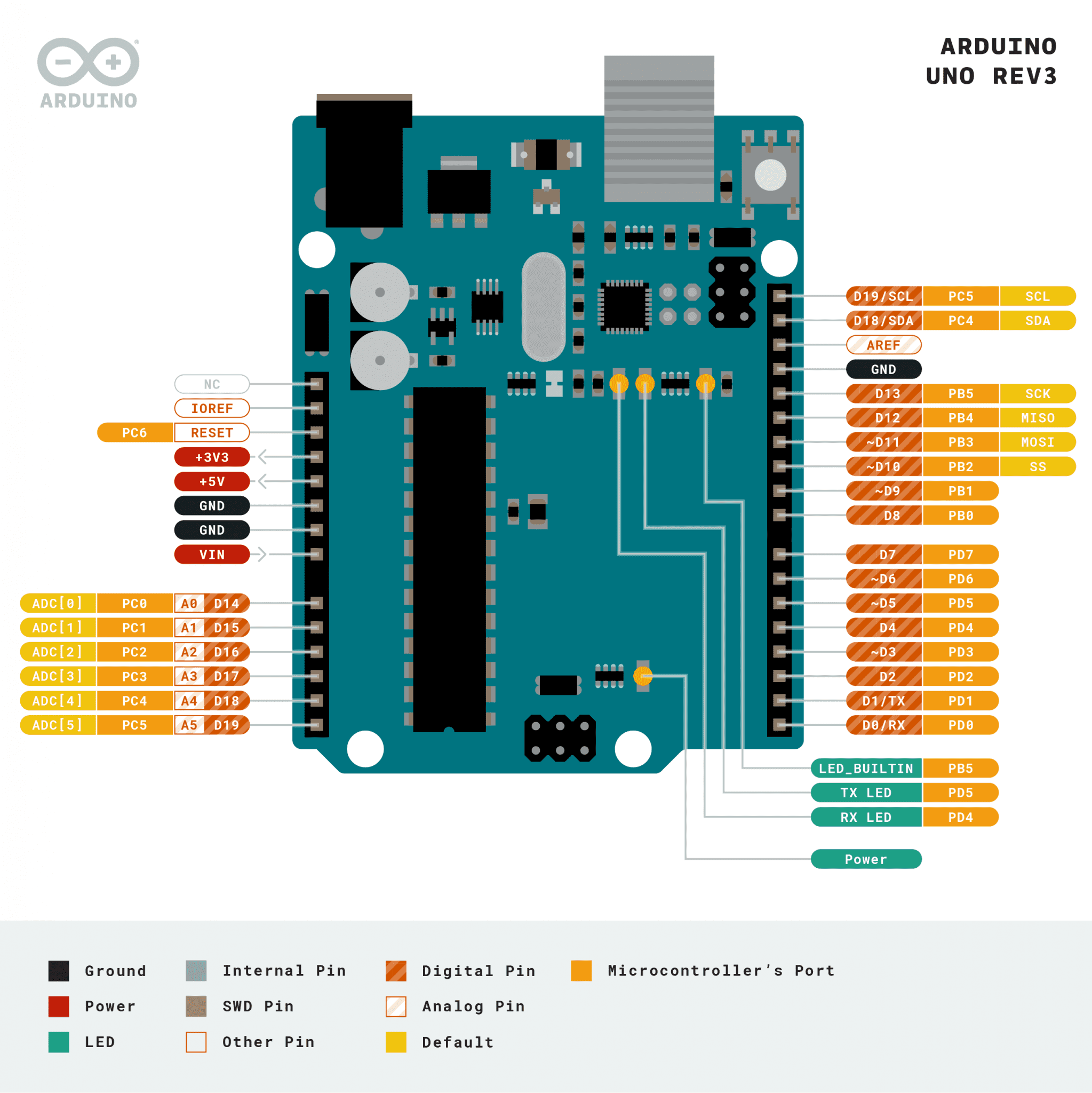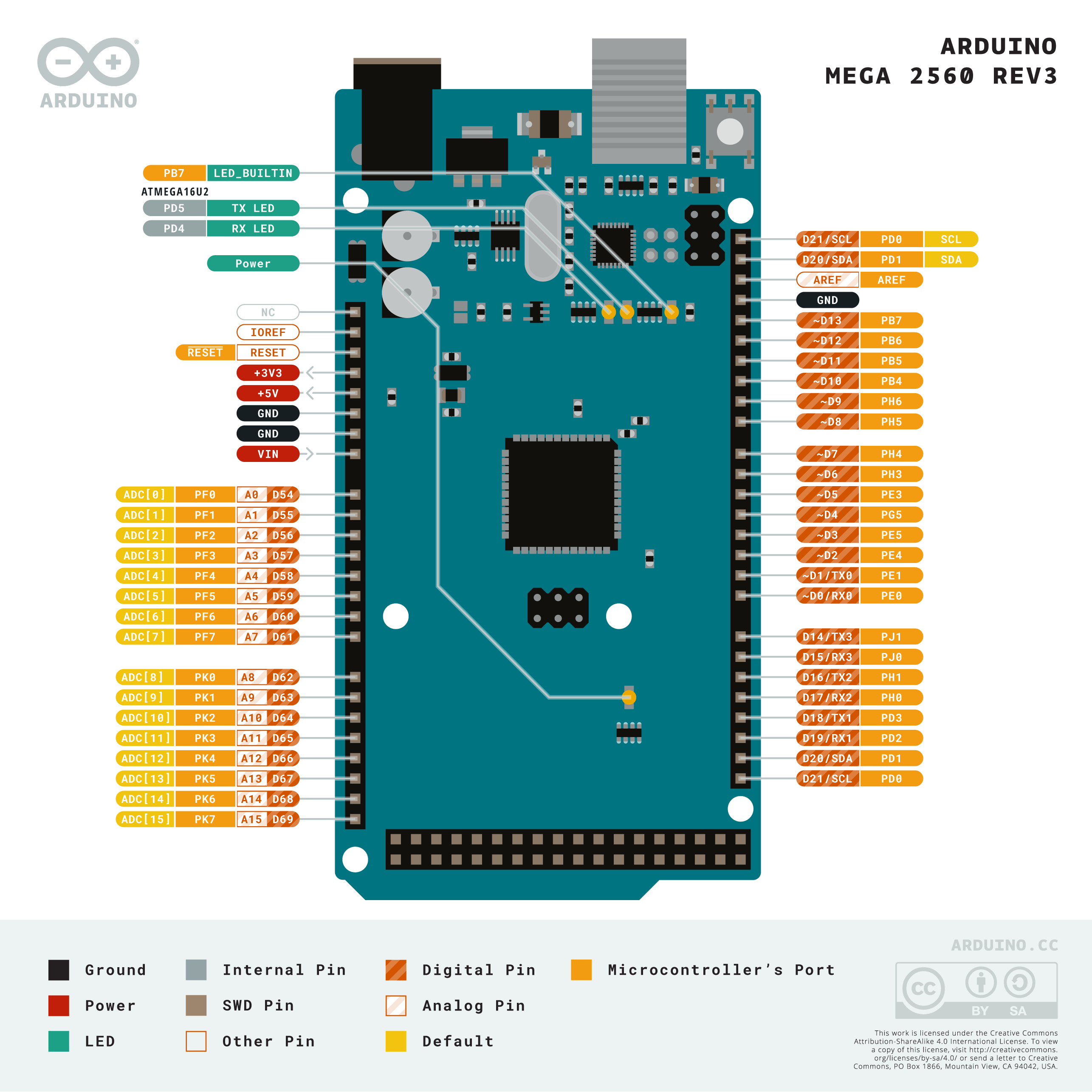


USB device 480 Mbit/sec & USB host 480 Mbit/sec.QSPI memory expansion, locations for 2 extra RAM or Flash chips.7936K Flash, 1024K RAM (512K tightly coupled), 4K EEPROM (emulated).So far we are still waiting on NXP to deliver more chips forĭifferences between Teensy 4.1 & Teensy 4.0 Last through April and the first half of May (standard disclaimer: this update isn't a If sales continue at normal pace, these are expected to Update, March 14, 2023: Good news, we have plenty of Teensy 4.1 in stockĪnd in our production queue. Lockable Teensy USB Board, Version 4.1, Without Ethernet Chip See Code Security for Lockable Teensy details. Lockable Teensy USB Board, Version 4.1, With Ethernet Chipįor commercial products and secure applications, Teensy USB Board, Version 4.1, Without Ethernet Chip O’Reilly members experience books, live events, courses curated by job role, and more from O’Reilly and nearly 200 top publishers.Teensy USB Board, Version 4.1, With Ethernet Chipįor prototypes, experimentation, and learning Get Exploring Arduino: Tools and Techniques for Engineering Wizardry now with the O’Reilly learning platform. In most cases, the first page tells you all you need to know about the features of that MCU. When you have the datasheet in hand, start by reviewing the first page (see Figure A-1). The datasheets for the MCUs used in the Arduinos can also be found on the hardware page for each board on the website. I recommend just doing a Google search for “ATMega 328p datasheet” and looking for the first PDF link from Atmel. Finding a datasheet can often be the trickiest part. Recall that the ATMega 328p is the microcontroller unit (MCU) used in the Arduino Uno and many Arduino clones. Breaking Down a DatasheetĬonsider the datasheet for the Atmel ATMega 328p, for instance. Just about any electronic component that you can buy has an associated datasheet that contains info about the technical limits of the part, instructions on how to use its capabilities, and so forth. One of the most important skills that you can develop as an engineer is the ability to read datasheets. Further, taking a look at the open source schematics for the Arduino Uno will make it easier to understand how an Arduino actually works. This appendix does not summarize the features of all the microcontrollers in all the Arduinos, but it is a useful exercise to investigate an ATMega datasheet to get a better idea about how it works. APPENDIX Deciphering the ATMega Datasheet and Arduino SchematicsĪt the heart of all Arduinos is an Atmel microcontroller.


 0 kommentar(er)
0 kommentar(er)
